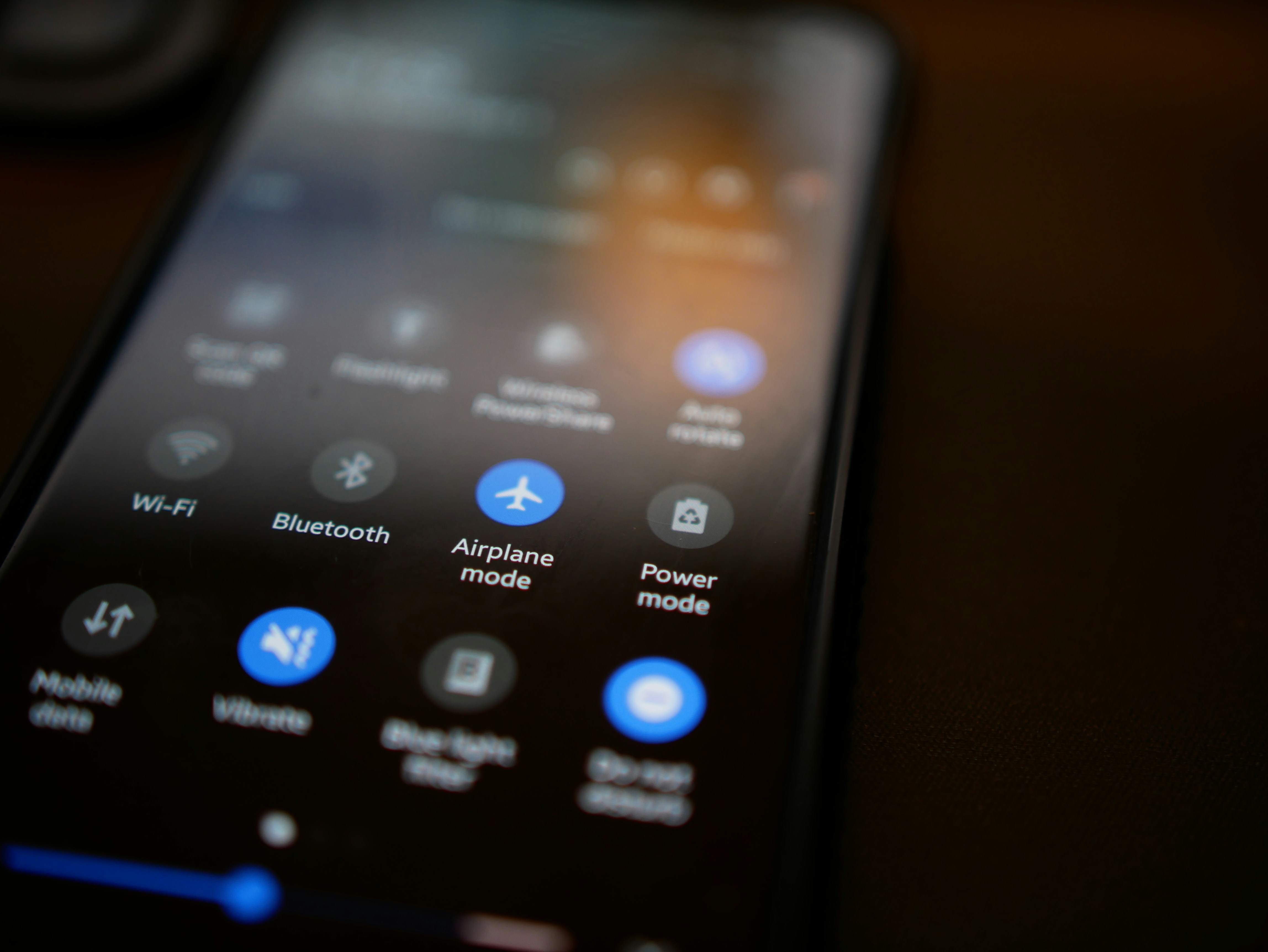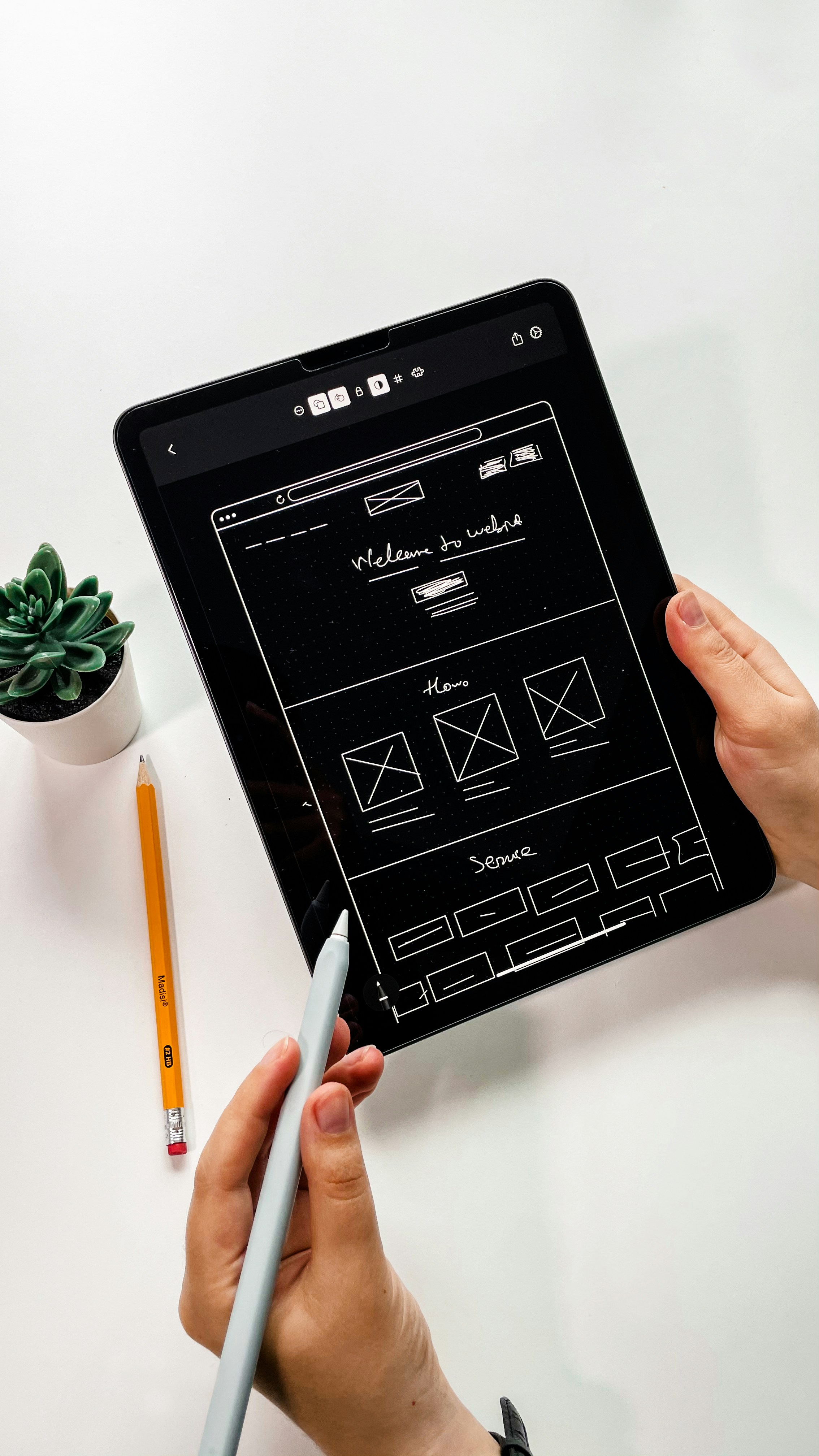With 80% of mobile users opting for dark mode when available, this feature has moved beyond aesthetics into accessibility and efficiency. But why?
With 80% of mobile users choosing dark mode when available, this feature has evolved from a trendy aesthetic choice into a business necessity. If your website doesn't offer dark mode, you're potentially alienating four out of five mobile visitors before they've even explored what you offer.
But this isn't just about following trends—it's about understanding how modern users interact with digital content and ensuring your website meets their evolving expectations.
The Science Behind the Preference
Eye Comfort and Health
Dark mode significantly reduces eye strain, particularly in low-light environments where most evening browsing occurs. For users spending hours researching products or services online, this comfort factor directly impacts how long they stay on your site and whether they return.
Battery Efficiency Matters
On OLED screens—now standard on most smartphones—dark mode can save up to 30% of battery life. Users instinctively favour websites that don't drain their devices, creating a subtle but powerful competitive advantage for businesses that implement this feature thoughtfully.
Enhanced Focus and Readability
Reduced glare means better concentration during extended reading sessions. For service-based businesses or content-heavy websites, this translates directly into improved user engagement and higher conversion rates.
Why Industry Leaders Are Prioritising Dark Mode
Apple, Google, and Meta haven't made dark mode a priority by accident. These companies understand that user experience decisions drive business results. When tech giants invest heavily in a feature, it signals a fundamental shift in user expectations—one your competitors are likely already addressing.
The Business Case for Dark Mode
User Retention and Engagement
Websites offering dark mode see measurably longer session durations and lower bounce rates, particularly during evening hours when much online shopping and research occurs.
Accessibility Compliance
Dark mode isn't just about preference—it's about accessibility. Users with light sensitivity, certain visual impairments, or conditions like migraines often rely on dark interfaces to engage with digital content comfortably.
Competitive Differentiation
In crowded markets, small user experience improvements can be decisive factors. Offering seamless dark mode switching demonstrates attention to detail and user-centric thinking that builds trust and credibility.
Implementation: More Than Just Inverting Colours
The question isn't whether to implement dark mode—it's how to do it properly. Poor dark mode implementation can actually harm user experience more than not offering it at all.
Strategic Design Considerations
Contrast and Readability: True black backgrounds can actually strain eyes more than softer dark greys. Professional implementation requires careful colour palette selection that maintains accessibility standards.
Brand Consistency: Your dark mode should feel like a natural extension of your brand, not a completely different website. This requires thoughtful adaptation of logos, accent colours, and visual elements.
Content Hierarchy: Information architecture that works in light mode doesn't automatically translate to dark mode. Text hierarchy, button prominence, and visual flow need careful rec

